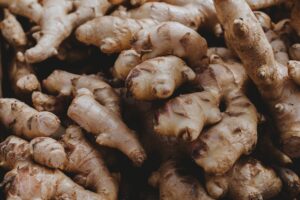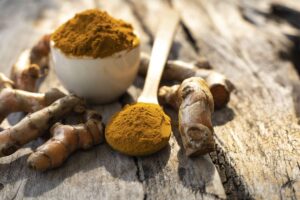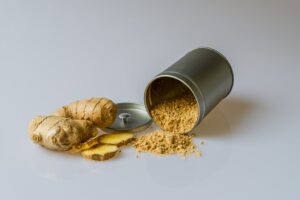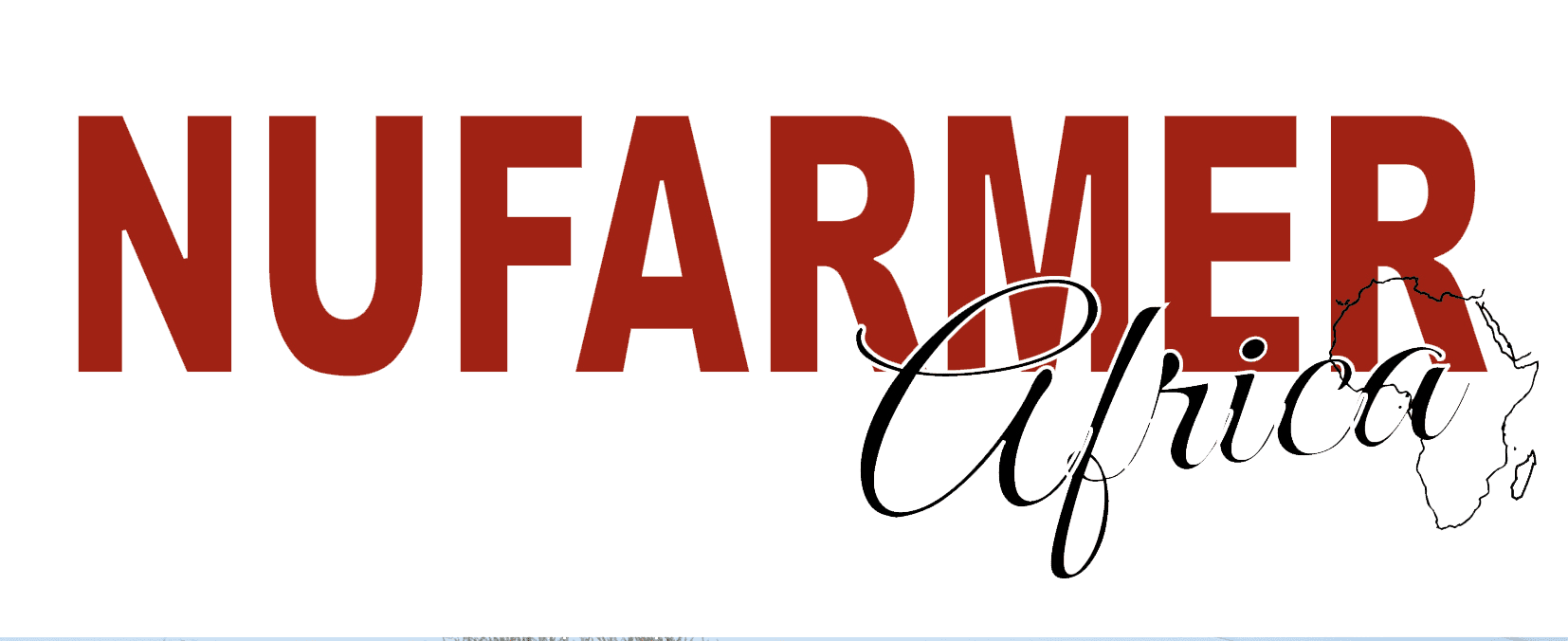Cultivation of Ginger in South Africa
In the diverse agricultural landscape of South Africa, ginger stands out as a crop with significant potential. Known for its pungent flavor and numerous health benefits, ginger cultivation in raised beds has become increasingly popular. This guide explores the various aspects of growing ginger in raised beds across South Africa’s provinces, discussing yielding, cultivation techniques, irrigation, fertigation, pest control, harvesting, and storage.

Ginger, scientifically known as Zingiber officinale, thrives in warm, humid climates, making South Africa’s weather ideal for its growth. The initial step in cultivating ginger is selecting a suitable variety. The most common in South Africa are the Indian and Jamaican varieties. These are planted in well-drained, raised beds which ensure better aeration and water drainage, crucial for healthy rhizome development.
Yielding Potential
The yield largely depends on the variety, soil quality, and climatic conditions. In optimal conditions, a single hectare can yield up to 15-20 tons. Provinces with subtropical climates, like KwaZulu-Natal and Eastern Cape, often report higher yields due to favorable weather and soil conditions.
Irrigation Requirements
It requires consistent moisture, especially during the initial growth phase. Drip irrigation is ideal for raised bed systems, as it provides water directly to the roots, minimizing evaporation and water wastage. Provinces with lower rainfall, such as the Western Cape, may require more frequent irrigation.
Fertigation Requirements
Fertigation, the process of supplying dissolved fertilizers through the irrigation system, is vital for ginger. A balanced mix of nitrogen, potassium, and phosphorus, along with trace elements like zinc and boron, promotes healthy growth. The fertigation schedule should be adjusted according to the plant’s growth stage and the soil’s nutrient profile.

Pest Control in Ginger Farming
Pest and disease management is crucial for a successful crop. Common pests include the ginger weevil and shoot borer, while diseases like leaf spot and rhizome rot can be detrimental. Integrated pest management, including the use of biological controls and organic pesticides, is recommended. Each province may have specific pest challenges, requiring localized pest control strategies.
Harvesting and Storage Techniques
Harvesting at the right time is crucial for maximum yield and quality. In South Africa, harvesting generally takes place 8-10 months after planting, when the leaves start to yellow and die back. Careful harvesting is essential to avoid damaging the rhizomes.
Post-harvest, the ginger should be cleaned and dried. Storage in cool, dry conditions is vital to prevent fungal growth and sprouting. Each province’s climatic conditions will dictate the best storage practices. For instance, in the more humid Limpopo and Mpumalanga, greater emphasis on ventilation in storage is needed to prevent moisture buildup.
Regional Variations Across South African Provinces
Each province in South Africa presents unique challenges and opportunities for ginger cultivation in raised beds.
Western Cape
Known for its dry climate, irrigation is more critical here. Efficient water management systems are essential for successful cultivation.
Eastern Cape
This region’s subtropical climate is highly conducive to ginger farming. However, humidity can increase disease pressure, necessitating vigilant disease management practices.
KwaZulu-Natal
The warm, humid climate supports high yields but also requires effective pest and disease management strategies.
Free State
The cooler climate of this region may slow down ginger growth, necessitating longer growing periods.
Northern Cape
Irrigation challenges due to the arid climate are significant here. Water-efficient practices are crucial.
North West
Similar to the Northern Cape, water management is a key challenge, along with managing heat stress during the hottest months.
Gauteng
Urban farming in raised beds is becoming popular in Gauteng. However, managing air pollution’s impact on crop health is a unique challenge here.
Limpopo and Mpumalanga
These provinces have ideal climates for ginger but require careful pest and disease management due to the high humidity.
Price Trends for Ginger in South Africa Over the Last Five Years
Over the last five years, South Africa has witnessed a significant increase in the price of ginger. This trend can be attributed to a combination of factors, including rising global demand, particularly for health-related reasons, and challenges in local production. Climatic conditions, such as unexpected droughts or excessive rainfall, have periodically affected ginger yields, leading to supply shortages.

Additionally, the COVID-19 pandemic played a notable role in spiking the demand for ginger due to its perceived health benefits, further driving up prices. The fluctuating exchange rates have also influenced the cost, especially for imported ginger, making locally grown ginger more appealing despite the higher price tag.
This price surge has impacted both consumers and farmers – while consumers have to bear the increased costs, farmers see an opportunity for higher profitability, which could potentially lead to more investment in ginger cultivation across South Africa’s provinces.
Conclusion
Growing ginger in raised beds in South Africa is a promising agricultural venture. While each province has its unique challenges, the overall warm and humid climate of the country provides an excellent environment for cultivation. With careful attention to irrigation, fertigation, pest and disease control, and proper harvesting and storage techniques, farmers across South Africa can reap the benefits of this lucrative crop. As the demand for ginger continues to grow, both locally and internationally, embracing these cultivation techniques will ensure that South African farmers remain competitive in the global market.

